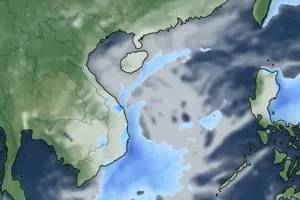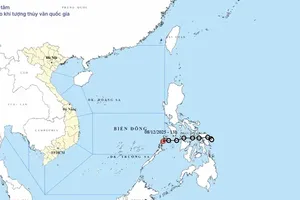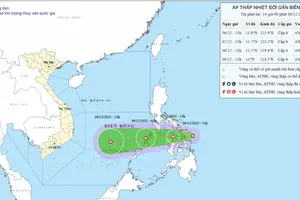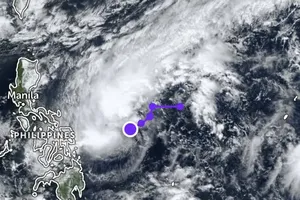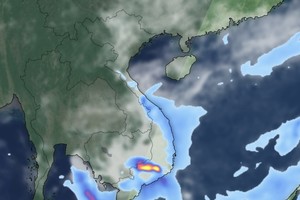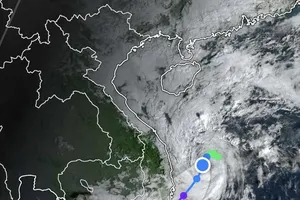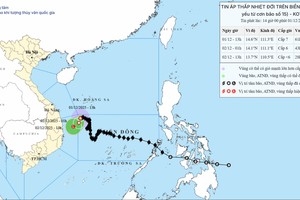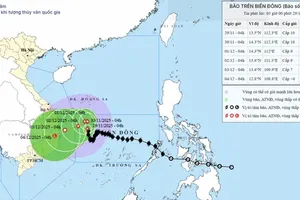Both the General Department of Dyke Management and Natural Disaster Prevention and the National Meteorological-Hydrological Forecasting Center, a cold wave began affecting parts of the Northern mountainous and Northeastern regions on the early morning of May 10. Additionally, the early-season southwest monsoon also kicks off stronger operations of heavy rains in the Southern region, including the entire Mekong Delta.
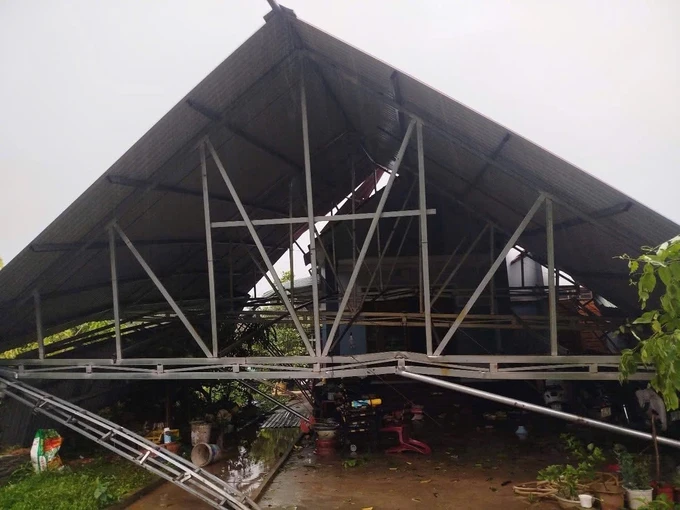
According to preliminary statistics, thunderstorms and downpours have damaged at least 53 houses and blown away multiple roofs in Tuyen Quang and Hoa Binh provinces.
Moreover, around 31 hectares of crops and forestry in Tuyen Quang Province were destroyed.
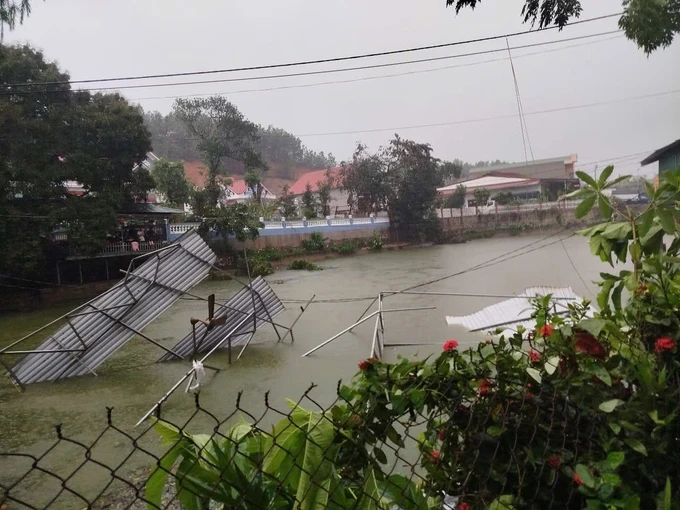
In Ho Chi Minh City and Binh Duong Province, residents have struggled against localized waterlogging, disrupting traffic and daily life. Currently, local authorities in affected areas are continuing to assess and update damage reports.
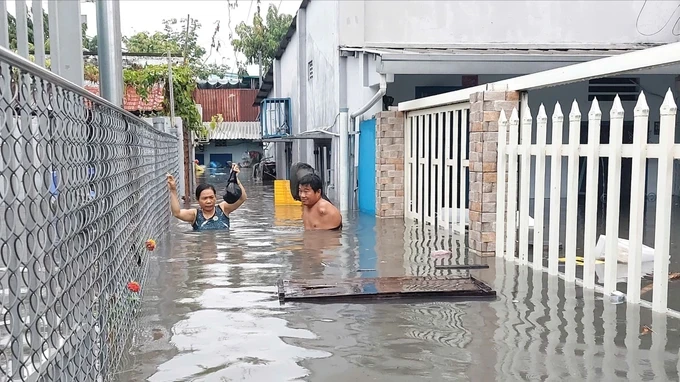
Meteorological data showed the development of widespread rainfall across the country as well as an incoming cold wave in the Northern region from the night of May 9 until the morning of May 10.
Notably, the suburban district of Cu Chi in Ho Chi Minh City braced for heavy record rainfall of 230 mm.
According to the National Center for Hydro-Meteorological Forecasting, an ongoing cold wave is expected to intensify this afternoon and evening, expanding its impact over the entire Northeastern, North Central, Northwestern and parts of the mid-Central region, beginning this afternoon late.
Starting from the night of May 10, the Northern and North-Central regions are forecast to experience cooler weather, while the mountainous areas may turn cold, with lowest temperatures ranging from 20 degrees Celsius to 23 degrees Celsius, and below 18 degrees Celsius in higher mountainous areas.
The capital city of Hanoi will see temperatures fluctuate between 21 degrees Celsius and 23 degrees Celsius.
According to the National Center for Hydro-Meteorological Forecasting, the 2025 rainy season has officially begun in the Southern region. As a result, in the next ten days, from May 11 to May 20, the situation of saltwater intrusion is expected to continue decreasing in the region, with a 4‰ salinity boundary.
Amid the forecasts, residents are recommended to proactively store fresh water for daily use and agriculture, as well as monitor weather and hydrology updates closely.


